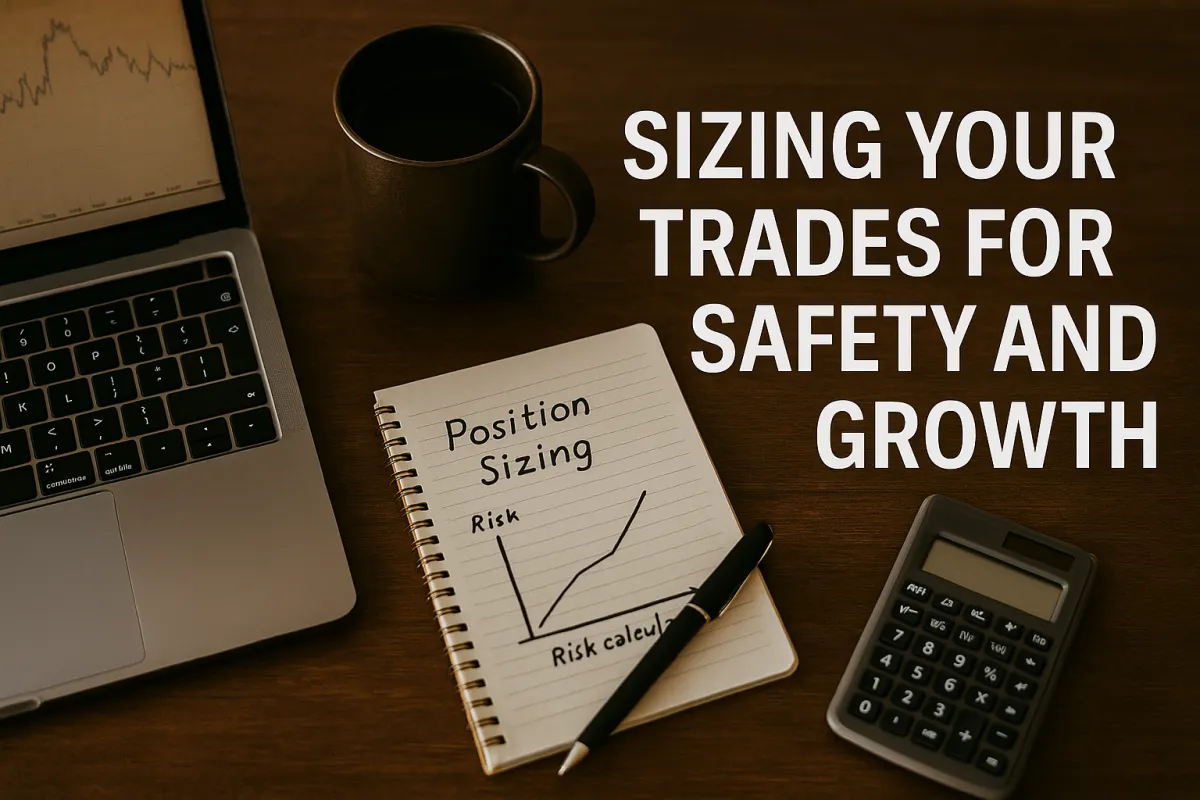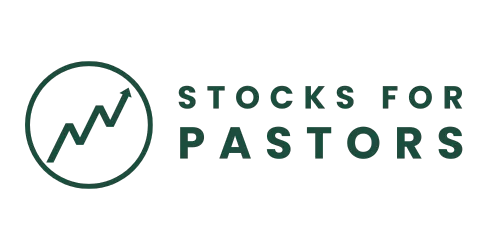
Sizing Your Trades for Safety and Growth
Let’s get brutally honest. Most traders who blow up their accounts do not do it because they are picking bad stocks or calling the market wrong. The real culprit is almost always bad trade sizing. I learned this lesson the hard way. Years ago, I took an options trade I was convinced was a sure thing. The risk was limited, the setup was solid, and there was nothing on the horizon that looked like it could wreck the trade like earnings, major news, broad market economic reports... nothing. So, I leveraged up. My max risk equaled about 70 percent of my account. If the trade worked out, I would have more than tripled my account size so the risk seemed worth it to me.
Two days later, the ETF announced a restructuring, and the options market went “liquidate only.” Suddenly, no one could buy what I was trying to sell. I was stuck. When the dust settled, I took a full loss and blew out most of my account in a single trade. If I had stayed within my rules, it would have been a regular loss, not a disaster. But going too big set me back years. That lesson still shapes everything I teach about risk and sizing today.
Why Trade Size Matters More Than You Think
Trade size is the silent killer of good traders. It works both ways. If you go too big, you risk losing everything on a single move. Even the best strategy cannot save you from oversized bets. If you go too small, your growth stalls, and you get frustrated with slow progress. The bigger the trade, the more your emotions get involved. Every tick matters. Every pullback feels like a crisis. That is not trading, that is gambling.
Getting sizing right is what separates disciplined traders from gamblers. With the right rules, you can build growth, protect your account, and sleep well even in wild markets.
The Formula: How I Determine My Ideal Position Size
For most traders, the safest way to size trades is by spreading your risk across multiple, uncorrelated positions. In my Growth Plan community, we use a straightforward formula:
No more than 15 percent of your account in any one stock trade.
If you have a large account, you may want to aim at 8-10 percent.Never exceed 6 open positions at once, and make sure they are spread across different sectors.
Avoid over-concentration. If you have more than one trade in the same sector, you are doubling your risk without realizing it.
Example Calculation:
If your account is $10,000, the maximum you put in any single stock trade is $1,500. If you have six positions open, each is in a different sector, and you are never overexposed to one theme or industry.
For options traders, the formula is different. The approach I teach uses a scaling method that allows you to increase position size as your account grows. In fact, with this method, it doesn't take long before you've scaled to the point that 4 max losses in a row would still have your account profitable overall (i.e. your new balance would still be greater than your starting balance). This fixed-risk, scaling method is what makes options a sustainable strategy, not a coin flip.
Adjusting for Volatility:
Stop placement and asset type matter too. If your stop is further from your entry (for a volatile stock), you need a smaller position to keep risk in check. If you are trading a calm, stable stock, you can go a bit bigger. Always do the math:
What is my dollar risk per trade?
What percent of my account does that represent?
Is this within my rules?
Safe Sizing During Volatile Markets
Volatility is where even good traders get wrecked. Big swings make it tempting to chase bigger gains, but they also create bigger losses. When volatility spikes, you need to adapt fast.
Here is my volatility checklist:
Shrink your size: When the market is wild, cut your position size by at least a third.
Widen your stops (carefully): Give trades more room if needed, but only if you have already cut your size.
Reduce the number of open trades: Focus on your best setups, not every possible opportunity.
If you ignore volatility, it will catch up to you. The fastest way to lose money is to size up in a market that is moving faster than your risk tolerance.
When and How to Increase Your Trade Size
Most people want to jump from small to big as soon as they get a couple of wins. That is how most blow up. You have to earn the right to size up, and that only comes after consistent, disciplined execution.
Signs you are ready to grow:
You have followed your sizing rules for at least 10 completed trades.
Your account balance has increased steadily, not just from one lucky trade.
You have not let any single loss exceed your preset maximum risk.
When you do increase size, do it slowly. Raise your max allocation per trade by a few percent, or add one position to your basket. Never double or triple size overnight. The best traders grow their size as their account grows, never faster.
For options, my scaling system uses “fixed ratio compounding.” This means you add one unit of size only after you have locked in a specific dollar profit, and you reduce size again if your account drops below a set threshold. This system protects you from the temptation to overtrade after a hot streak.
Common Sizing Mistakes to Avoid
1. Doubling down after a loss:
It is natural to want to “make it back” after a loss, but increasing your size right after losing is the fastest way to blow up your account.
2. Chasing gains with bigger positions:
After a few wins, your confidence goes up, and you want to press harder. Resist the urge. Growth is a marathon, not a sprint.
3. Ignoring max loss limits when you feel sure:
Every disaster in my trading career came when I ignored my own limits because I was “sure” I was right. Do not trust your gut—trust your rules.
4. Letting winning streaks talk you into oversized trades:
The best time to blow up is when you feel invincible. If you catch yourself thinking you “can’t lose,” it is time to cut size, not increase it.
Sleep-At-Night Trading: The Payoff
Proper sizing is the difference between living in fear and trading with confidence. When you know you will not blow up your account on any one trade, you make better decisions. Your stress goes down. You can actually enjoy the process again.
My own results, and those of my students, improved dramatically when we started using these rules. It is not about never losing. It is about making sure no single trade, or even a losing streak, can take you out of the game. That is what lets you grow, year after year, without sleepless nights or major setbacks.
Challenge and Next Steps
I challenge you this week: Audit your last five trades. What percentage of your account did you risk on each one? Were you properly diversified? Did you let any one trade dominate your results?
If you want my risk calculator or a printable worksheet to help you get sizing right, let me know. If you are ready for a proven system and support, join the Growth Plan and I will show you how to turn this process into long-term results.
Risk is not a four-letter word. Done right, it is your friend. Trade safe, size smart, and build for the future.



